Welcome to watch my video!
YouTube:
https://youtu.be/-R7gHcLdiWI?si=j6UrpHTtI7kYSild
Bilibili:
https://b23.tv/dJAJncT
Please read the content before downloading. Thank you
If you only want to play with probes or rockets, please click on the blue text below:
SDSP
TAS V
Firstly, a warning for mobile devices!
There are a lot of parts in this work, and it is not recommended to play it in the mobile version

- A deep space exploration plan


- Plan Introduction
Uranus is the seventh planet in the solar system, located about 2.9 billion kilometers from the Sun. It is a gas giant planet with an axis of rotation almost lying horizontally and a light blue surface. It is one of the coldest planets in the solar system, with a minimum temperature of -224 ?. It has 27 known satellites and 13 faint dark rings
SDSP's exploration mission to Uranus includes exploration of other giant planets, planetary belts, 4-year orbit exploration of Uranus, flyby exploration of its satellites, and landing on its moon Miranda
- Introduction to detectors
SDSP (Star Descendant Space Probe) is an aerial deep space probe designed to explore Uranus and its moons. It consists of a probe, lander, upper stage (for deceleration), and has a lifespan of approximately 15 years. Upon arrival at Uranus, it will continue to orbit and explore the planetary system


Introduction to Rockets
TAS-V is a medium-sized launch vehicle with a maximum capacity of approximately 50 tons, capable of carrying a payload of 35 tons to low Earth orbit. The fairing diameter is approximately 6 meters, and it can carry up to 6 boosters. A manned version will also be released in the future


- How to use it?
This work has three chip controls, with the default control being a rocket
When controlling a rocket:
AG11: Momentum wheel (auxiliary control rocket)
AG12: Generator (consumes some fuel to generate electricity)
AG13: Lighting (illuminating the transmission tower section)
AG14: Lighting (illuminating the exterior of the rocket)
AG15: Lighting (illuminating the interior of the rocket)
AG16: RCS (for attitude control)
AG17: Smoke before launch
When controlling the detector:
AG1: Momentum wheel (auxiliary control detector)
AG2: Instrument deployment (magnetic needle, folding antenna, solar panel, high gain antenna, etc.)
AG3: RCS (for attitude control)
When controlling the lander:
AG4: RCS (for attitude control)
AG5: Instrument deployment (mast camera, antenna, etc.)
AG6: Mast camera (needs to be controlled using sliders 1 and 2)
AG7: Sampling machine deployment (without slider control)
AG8: Lighting (illuminating the surrounding environment of the lander)
AG9: Momentum wheel (auxiliary control)
Upper level:
AG10: RCS (for attitude control)
be careful!
1.When controlling a chip, try not to use the AG of other chips as much as possible
2. No acceleration time is allowed when using RCS
3. The author of the work tends to play RSS, so there will be a lot of excess DV when launching rockets on Juno System
Thank you for the hot RCS provided by Green Galaxy
Wishing you all a pleasant trip!
GENERAL INFO
- Created On: Android
- Game Version: 1.3.204.1
- Price: $95,917k
- Number of Parts: 6376
- Dimensions: 75 m x 20 m x 24 m
PERFORMANCE
- Total Delta V: 13.3km/s
- Total Thrust: 12.9MN
- Engines: 188
- Wet Mass: 1.09E+6kg
- Dry Mass: 6.83E+5kg
STAGES
| Stage | Engines | Delta V | Thrust | Burn | Mass |
|---|---|---|---|---|---|
| 3 | 4 | 1.1km/s | 4.4MN | 4.3m | 1.09E+6kg |
| 4 | 6 | 654m/s | 5.5MN | 1.9m | 1.09E+6kg |
| 6 | 0 | 0m/s | 0N | 0s | 4.31E+5kg |
| 7 | 0 | 0m/s | 0N | 0s | 2.4E+5kg |
| 9 | 4 | 6m/s | 67kN | 4s | 49,090kg |
| 11 | 4 | 0m/s | 3kN | 2s | 49,090kg |
| 12 | 2 | 11.6km/s | 1.3MN | 5.7m | 49,090kg |
| 13 | 4 | 1m/s | 47kN | 1s | 39,107kg |
| 14 | 0 | 0m/s | 0N | 0s | 39,107kg |
| 16 | 0 | 0m/s | 0N | 0s | 39,107kg |
| 17 | 0 | 0m/s | 0N | 0s | 39,107kg |
| 18 | 0 | 0m/s | 0N | 0s | 39,107kg |
| 20 | 0 | 0m/s | 0N | 0s | 39,107kg |
| 23 | 0 | 0m/s | 0N | 0s | 39,107kg |
5 Comments
- Log in to leave a comment
-
1,386 OrionTechnologies2 months ago
Wow, an entire mission dedicated to Uranus! Can’t say that iv’e seen a better-designed exploration probe on this game. Why’d you choose Miranda for the landing location?
-
-
-

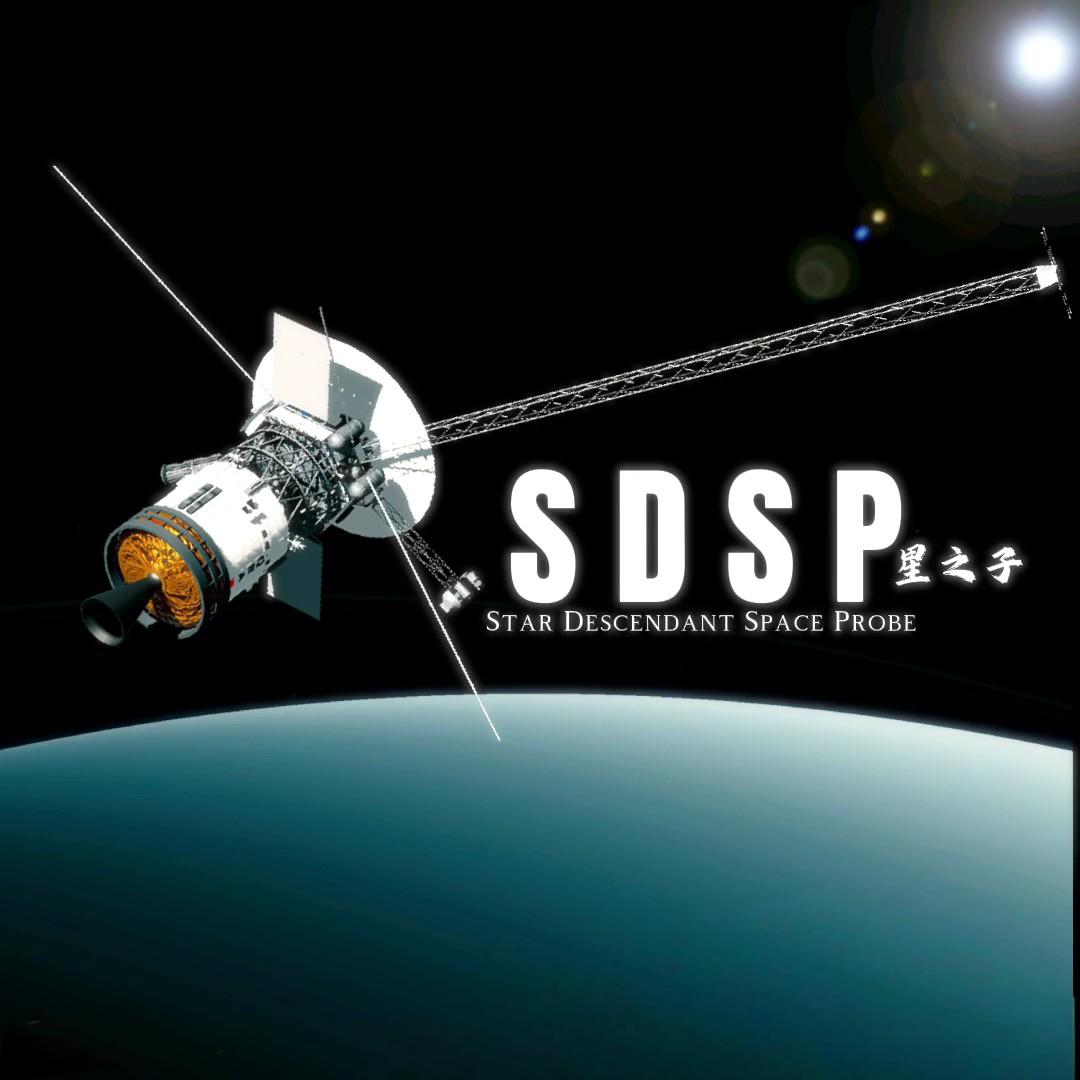
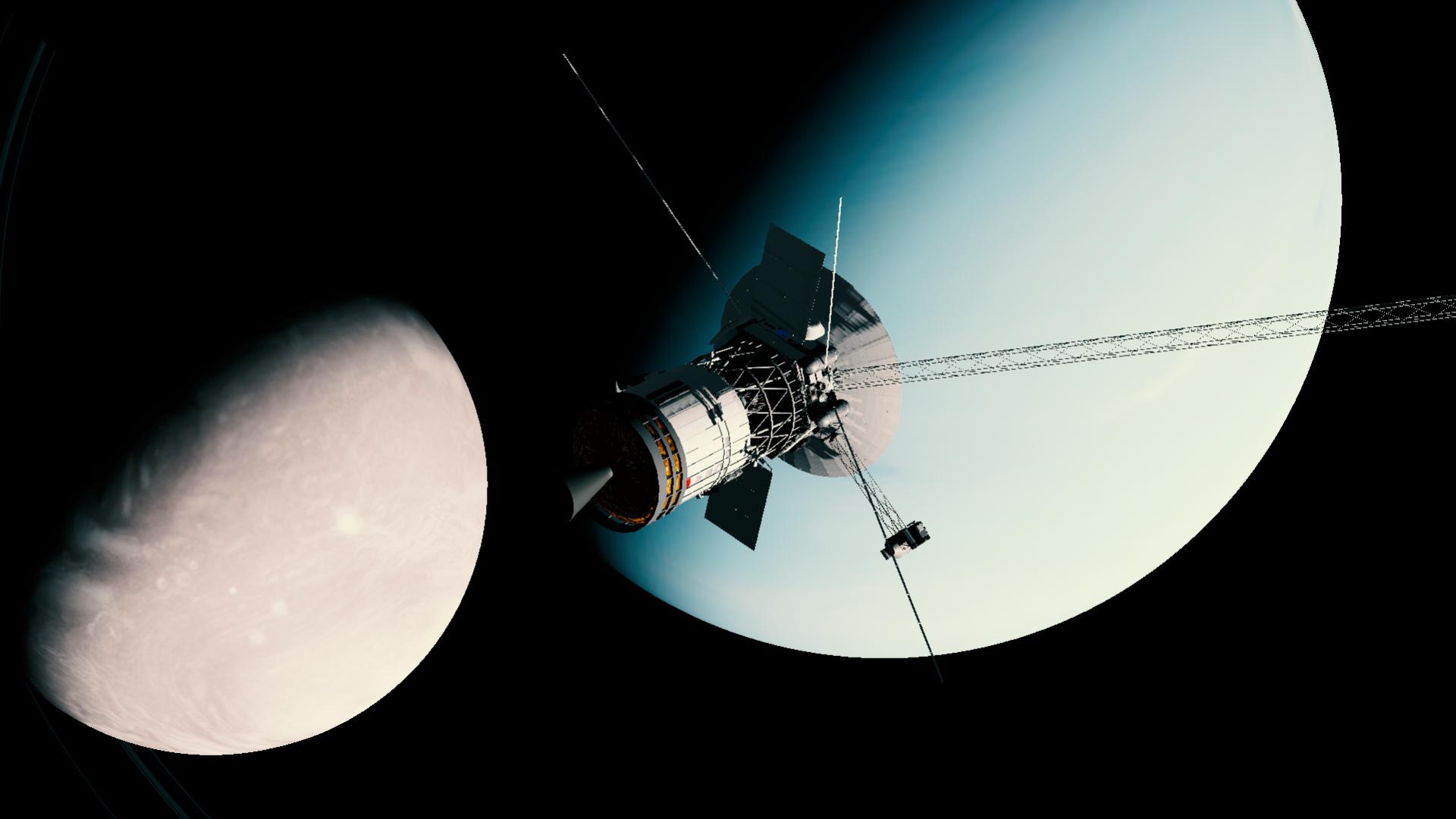
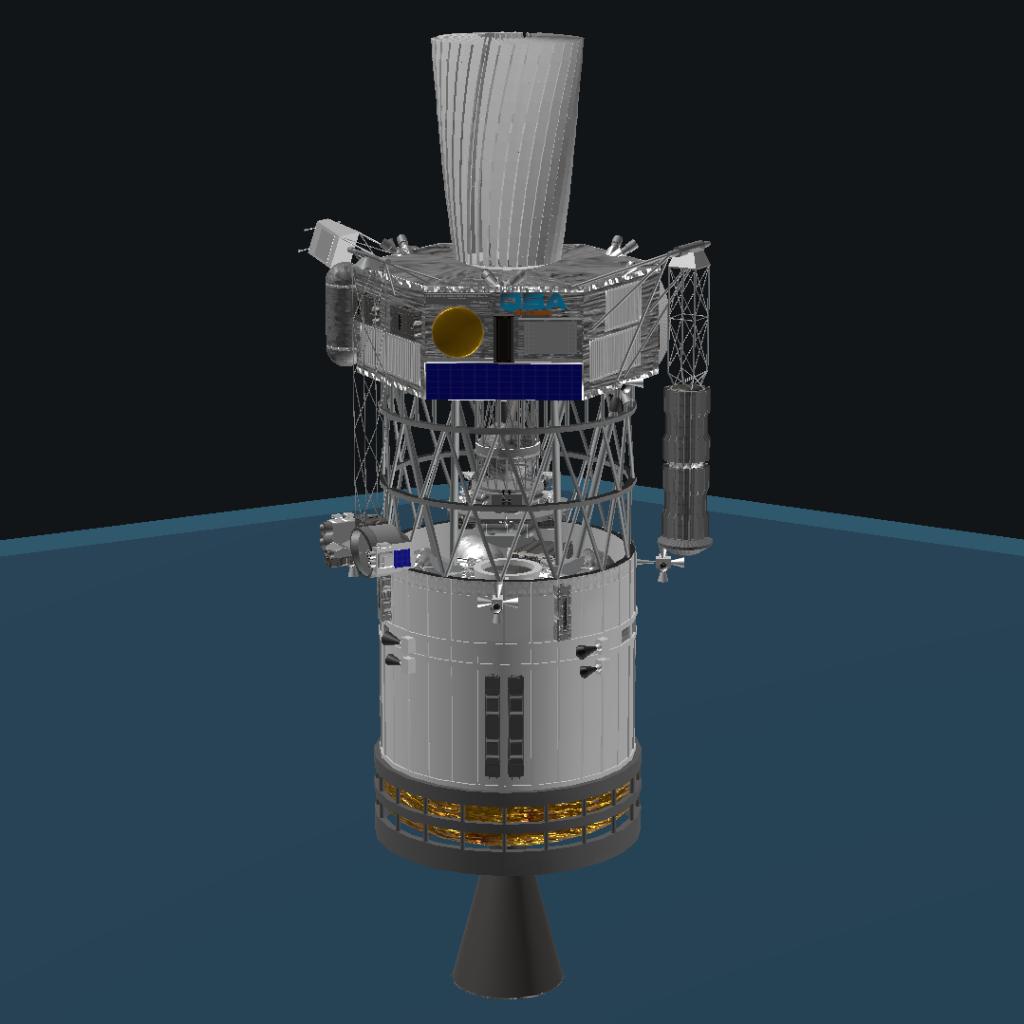
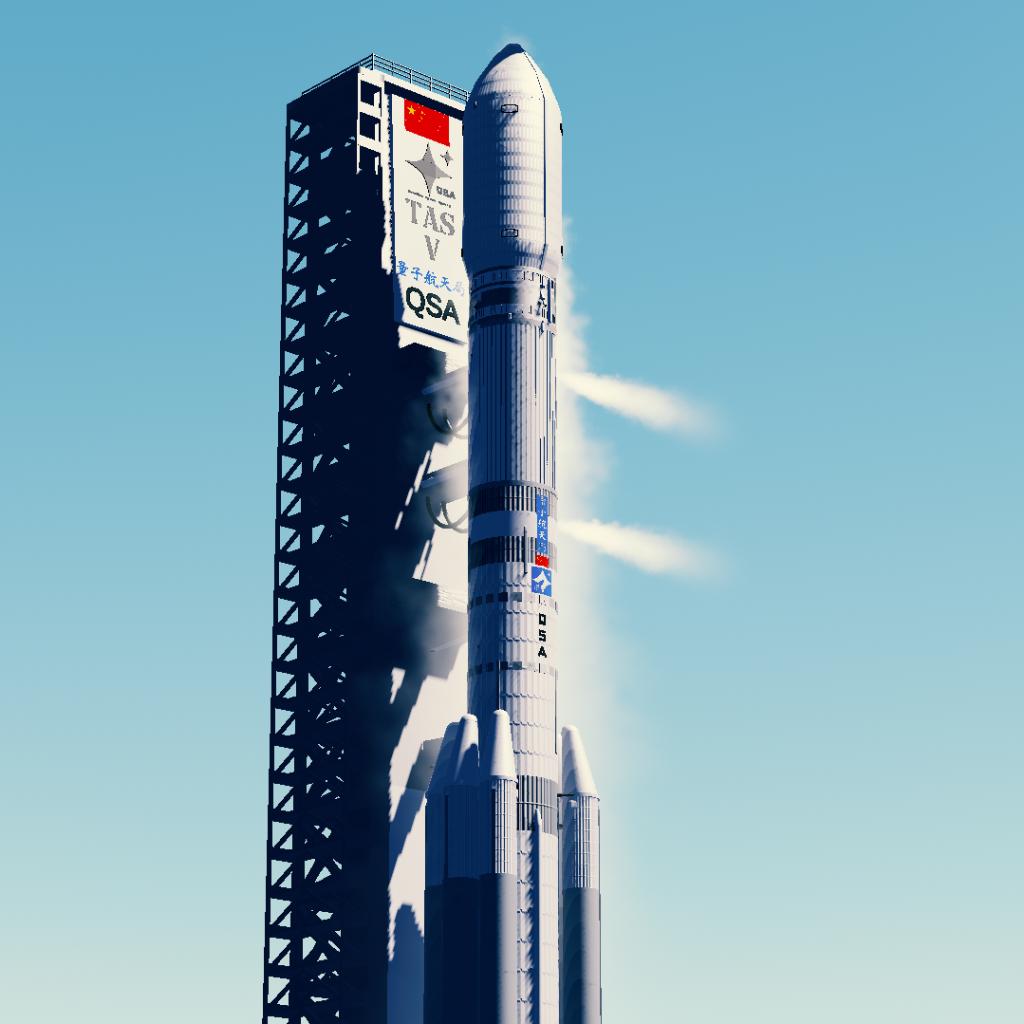
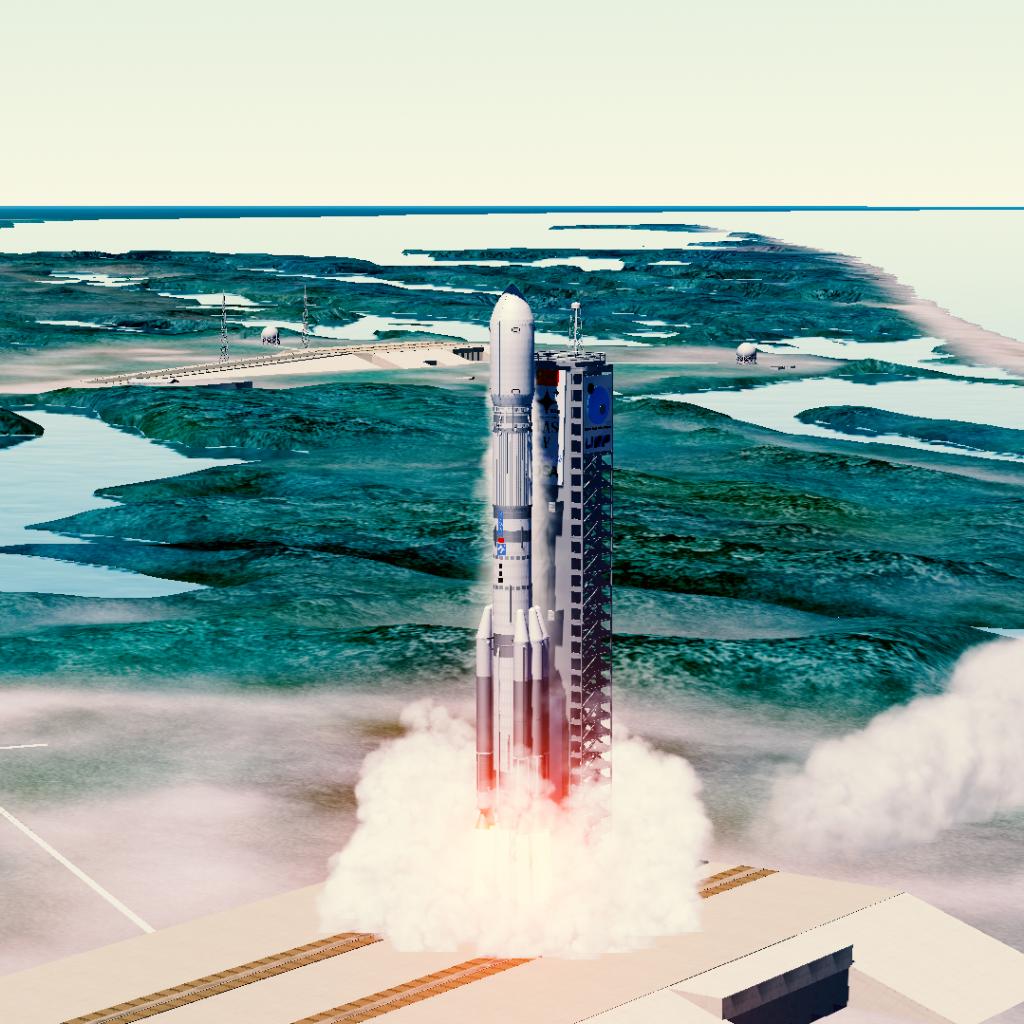
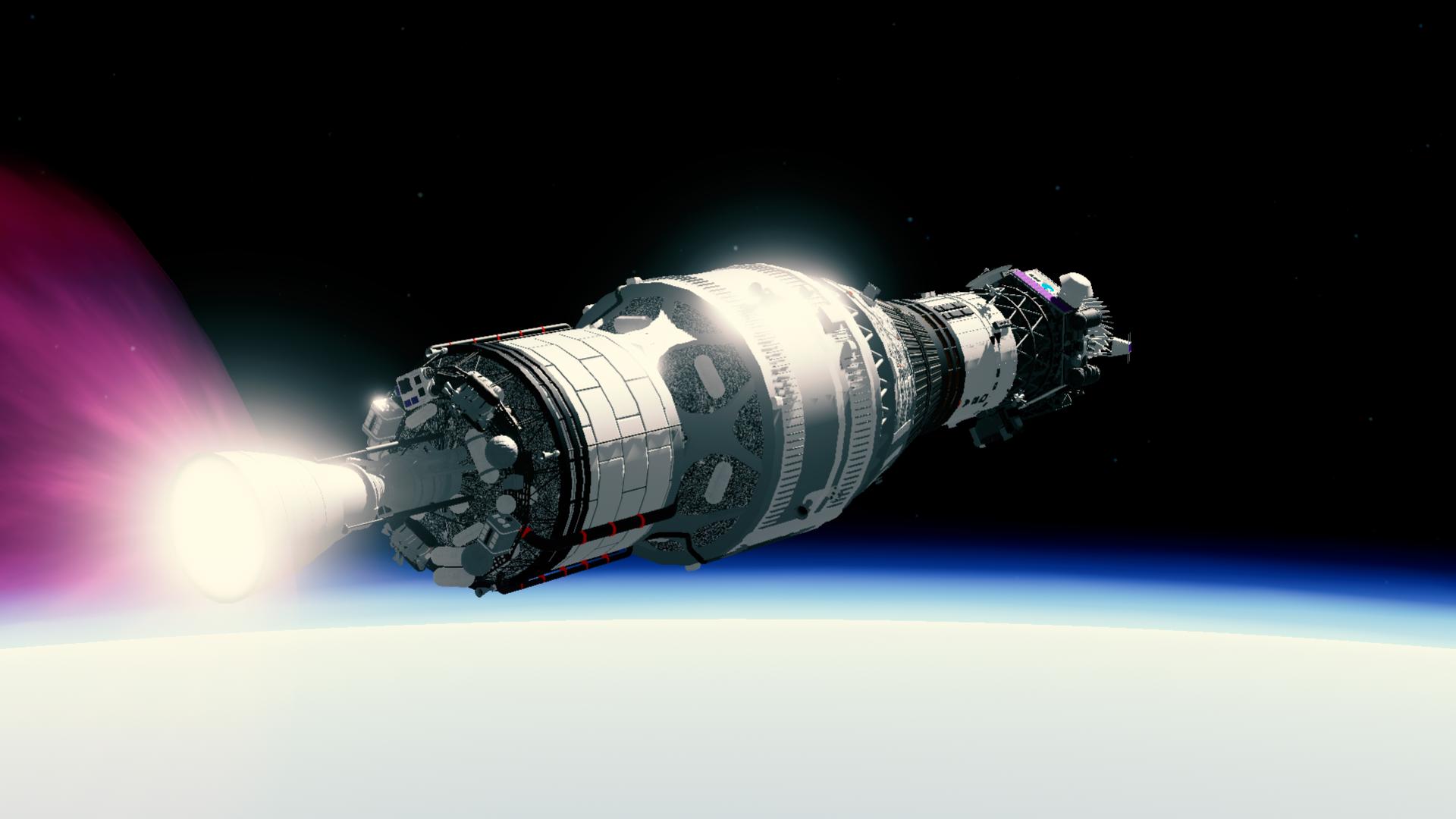
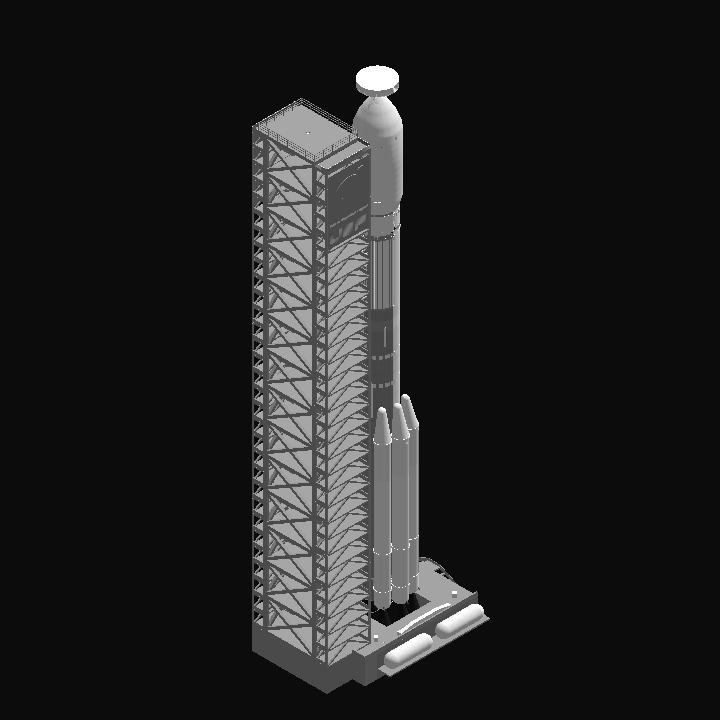
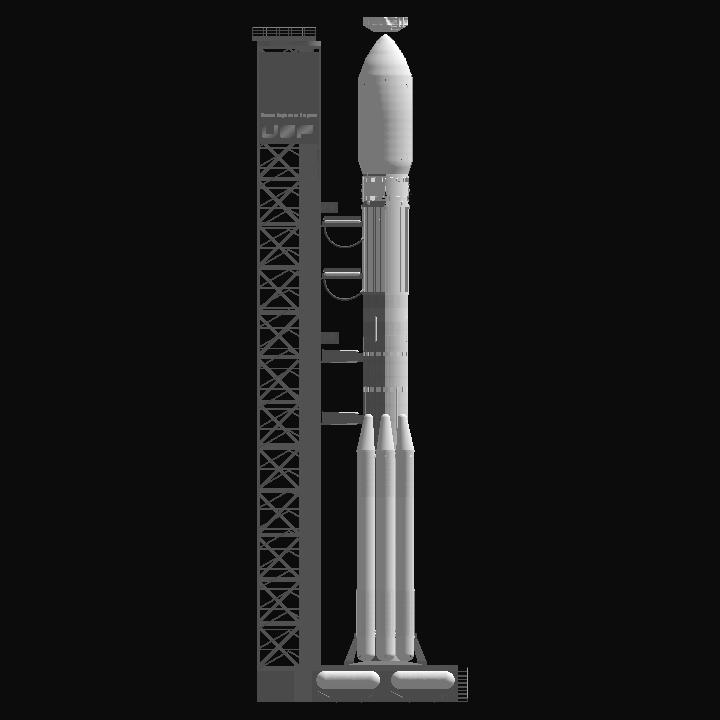
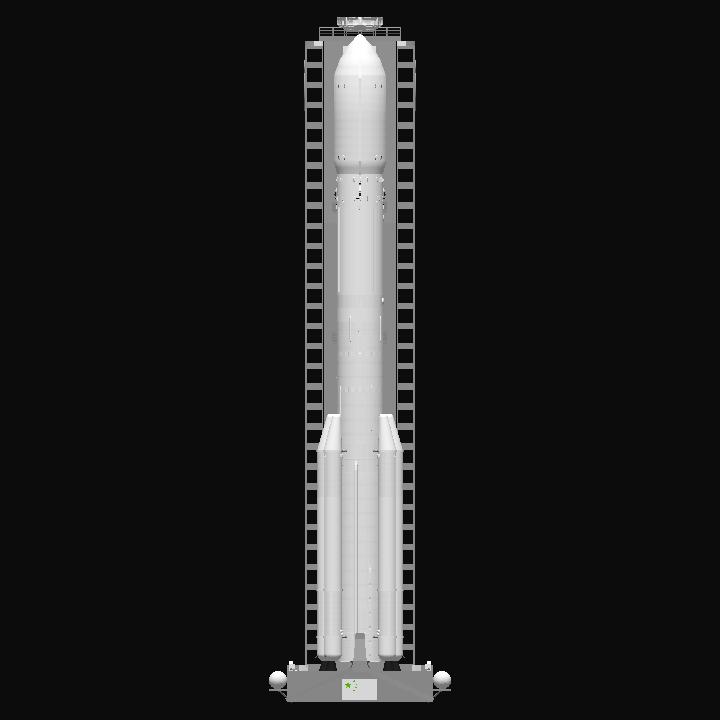
@OrionTechnologies Because this space probe has dedicated video content, the detection target and landing target are consistent with the video content. As for why Miranda was chosen, I cannot explain clearly, but in fact, every moon of Uranus has scientific research value! Also, in my country, English is not my native language, so my statement may be strange. Sorry